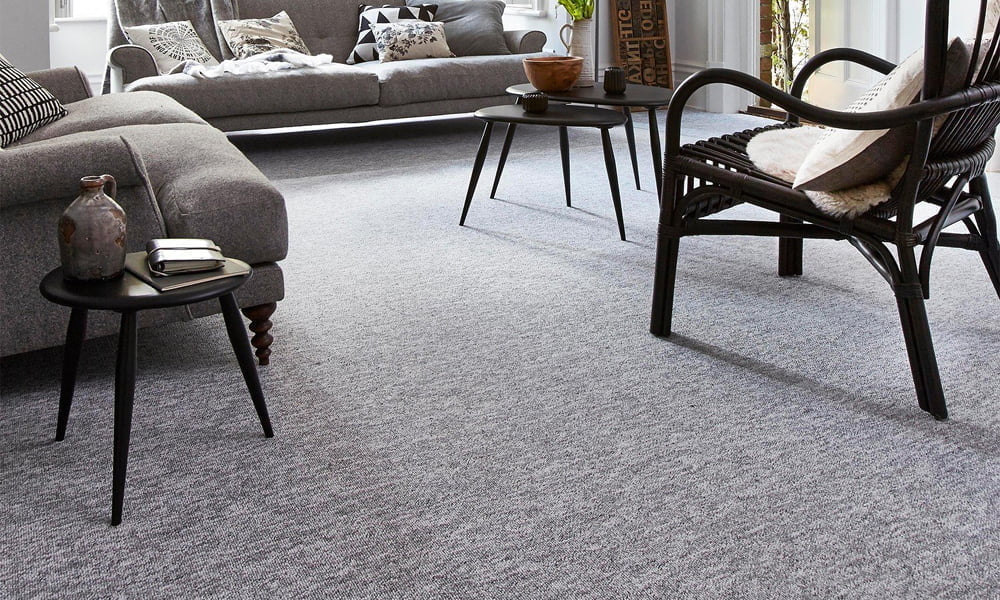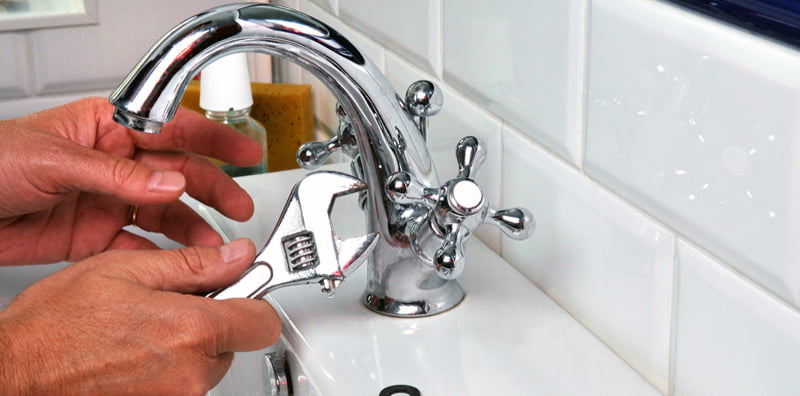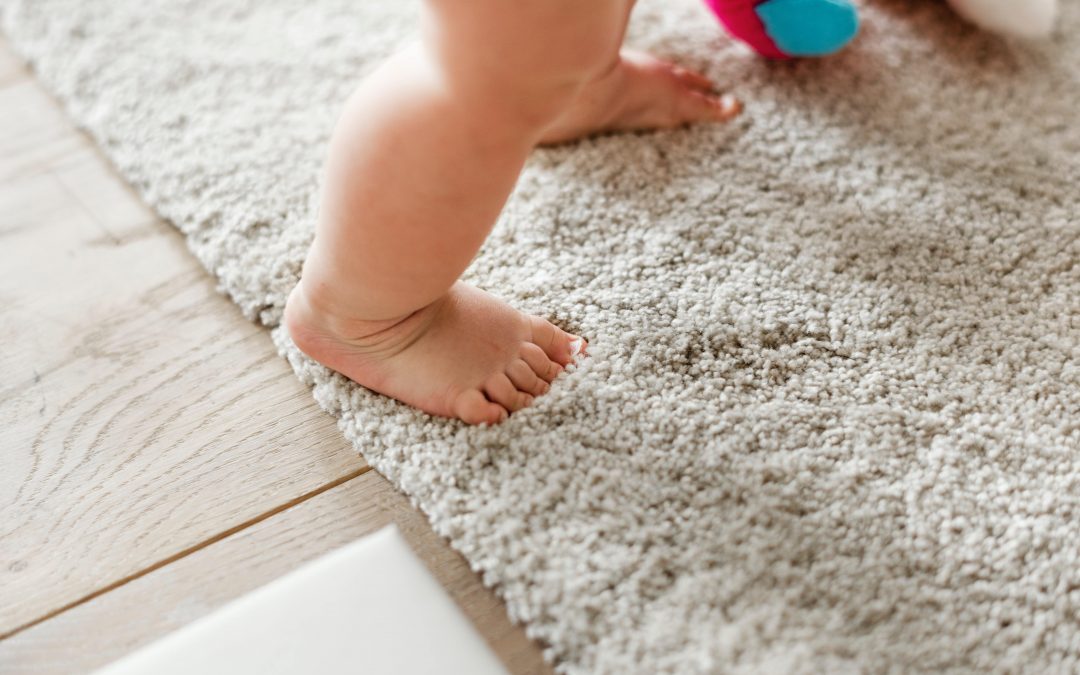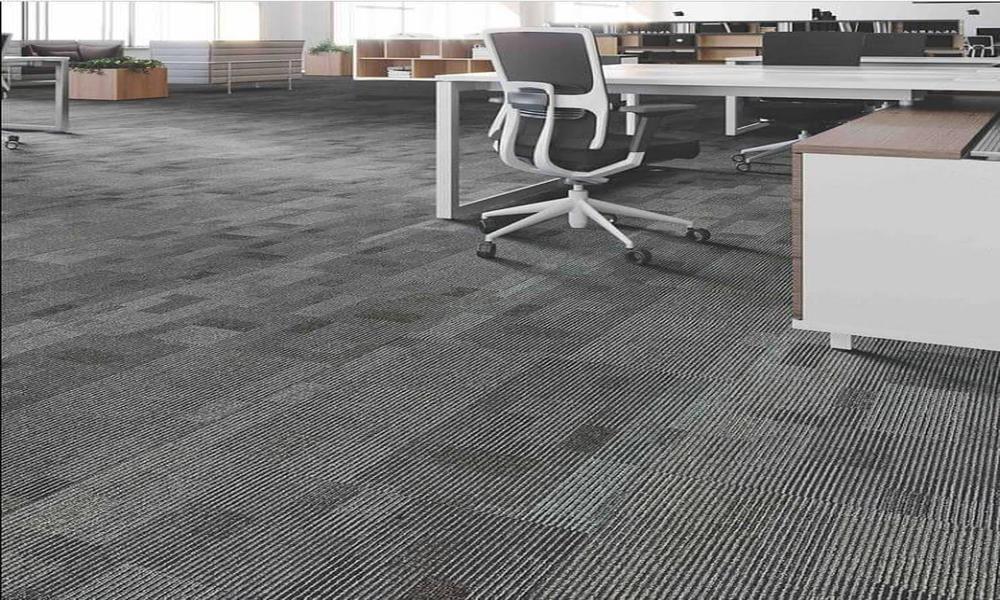- Option for a bold pattern: A patterned wall-to-wall carpet can add visual interest to a room. Consider a modern chevron, geometric, or trellis pattern for a more contemporary look.
- Mix textures: A mix of textures can create a cozy, inviting atmosphere. Choose a low-pile carpet with a cut-and-loop design and pair it with an area rug for a layered look.
- Consider color: Choose a wall-to-wall carpet in a neutral hue that will work with your existing décor, or opt for a bolder color to make a statement and add a pop of color to the space.
- Create an accent wall: Make a bold statement by covering one wall with wall-to-wall carpeting. This is a great way to add texture and interest to a room without covering the entire floor.
- Add trim: Consider adding a border around the edges of your wall-to-wall carpet for a more finished look. This is a great way to add a subtle touch of color and texture.
Different Types of Materials for Wall-to-Wall Carpets
- Wool: Wool is a natural and luxurious material that is often used in wall-to-wall carpets. It is soft, durable, and can last for many years. Wool carpets are often more expensive than other types of carpet, but they are also extremely durable and can last for decades.
- Nylon: Nylon is a synthetic material that is commonly used for wall-to-wall carpets.
- Olefin: Olefin is a synthetic material that is known for its stain resistance and durability. It is often used in commercial settings because of its ability to hold up under heavy foot traffic.
- Polyester: Polyester is another synthetic material that is often used for wall-to-wall carpets. It has a soft texture and is resistant to staining and wear. It is also relatively inexpensive.
- Acrylic: Acrylic is a synthetic material that is known for its durability and ability to hold up under heavy foot traffic. It is easy to clean and maintain, and it is relatively inexpensive.
Picking the Right Color and Pattern for Your Space
- Consider Your Existing Decor: Before you decide on a color and pattern for your space, take a look at the existing decor. This will help you understand what colors and patterns will work best with the furniture, accessories, and artwork you already have.
- Know Your Color Palette: Choose a color palette for your space. This will help you narrow down your choices and ensure that the colors and patterns you choose will work together.
- Think About Your Personal Style: Your personal style should influence your color and pattern choices. If you prefer a classic, traditional look, choose neutrals, stripes, and plaids. For a more modern, eclectic look, try bold colors, geometric patterns, and bright prints.
- Consider the Room’s Function: Think about what the room will be used for and the mood you want to create. If it’s a living room, you may want to stick to more neutral colors and patterns to create a relaxing atmosphere. If it’s a kid’s room, you may want to choose bright colors and fun patterns.
- Test Out the Colors and Patterns: Once you have narrowed down your choices, test out the colors and patterns you’re considering. Hang up swatches or use paint samples to help you decide.





